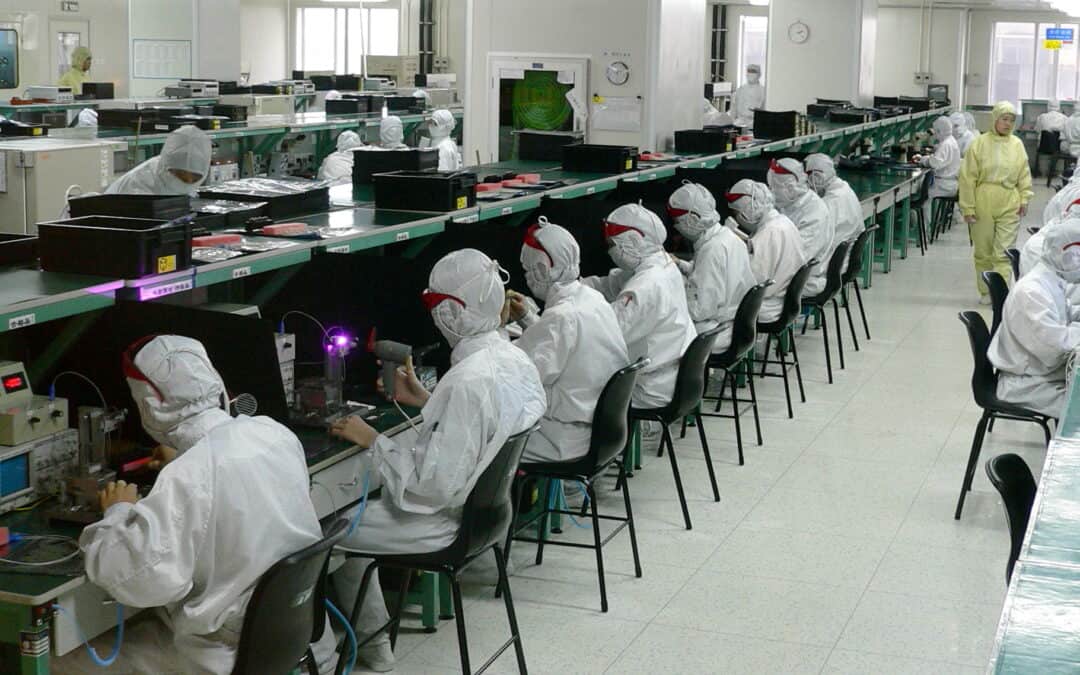Desiccant dehumidifiers, unlike their refrigerant counterparts, use desiccant materials to absorb moisture from the air. This type of dehumidifier has become increasingly popular in various settings, ranging from residential homes to industrial warehouses. But what exactly makes desiccant dehumidifiers stand out? This article explores the numerous benefits these devices offer and why one might be the perfect solution for your humidity control needs.
Effective in Low Temperatures
One of the most significant advantages of desiccant dehumidifiers is their effectiveness in low-temperature environments. Where refrigerant dehumidifiers may struggle or become less efficient (typically below 18°C), desiccant models continue to operate effectively, making them ideal for cooler climates or unheated spaces such as basements, garages, and storage areas.
Consistent Performance Across All Humidity Levels
Desiccant dehumidifiers perform consistently well across a wide range of humidity levels. They can reduce the humidity to much lower levels than refrigerant dehumidifiers, which is particularly beneficial in environments where maintaining a low humidity is crucial, such as in museums, archival storage, and manufacturing processes for sensitive products.
No Need for Defrosting
Unlike refrigerant models that can ice up at lower temperatures, necessitating a defrost cycle, desiccant dehumidifiers do not have this issue. This uninterrupted operation ensures continuous humidity control without the downtimes associated with defrost cycles.
Quieter Operation
Desiccant dehumidifiers often operate more quietly than their refrigerant counterparts, as they don’t rely on compressors, which are typically the loudest component in refrigerant dehumidifiers. This makes desiccant models a preferable option in environments where noise is a concern, such as in living spaces, offices, and places requiring a quiet atmosphere.
Improved Air Quality
Besides removing moisture, desiccant dehumidifiers can also help improve air quality. Some models are designed to release slightly warmer air than they intake, which can help in making a room feel more comfortable, especially in damp, cold conditions. Furthermore, by reducing humidity, these dehumidifiers can help inhibit the growth of mold and mildew, contributing to a healthier indoor environment.
Energy Efficiency
Desiccant dehumidifiers can be more energy-efficient, especially in cooler climates. They don’t suffer from the same reduction in efficiency at lower temperatures that refrigerant models do, which can lead to energy savings over time, particularly in areas where the ambient temperature is frequently low.
Portability and Ease of Use
Many desiccant dehumidifiers are compact and lightweight, making them easy to move from one room to another or transport to different sites. They are also generally simple to operate, with straightforward controls and minimal maintenance requirements.
Conclusion
The benefits of desiccant dehumidifiers make them an attractive option for a wide range of applications. Whether you’re dealing with cold, damp conditions, need to maintain low humidity levels for sensitive items, or simply want a quieter solution for your living space, a desiccant dehumidifier could be the ideal choice. By offering consistent performance, energy efficiency, and improved air quality, desiccant dehumidifiers prove to be versatile tools in managing indoor climates effectively.




